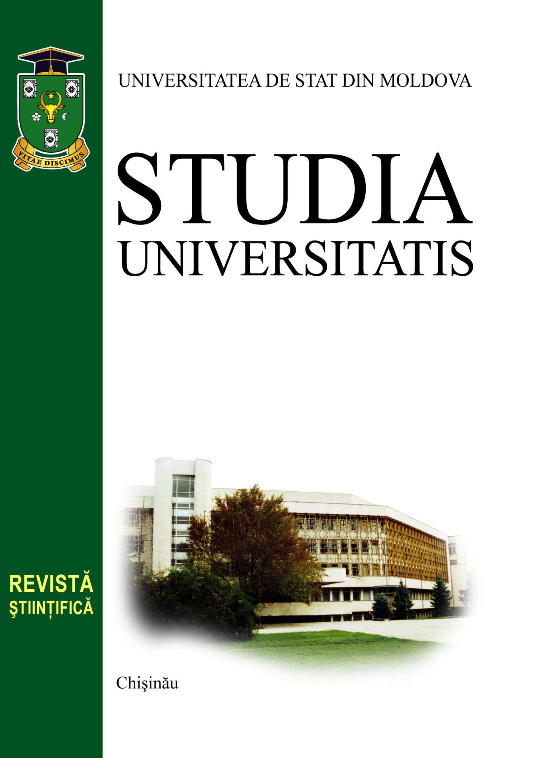STUDIUL INFLUENŢEI SUBSTANŢELOR SURFACTANTE ANIONICE ASUPRA PROCESULUI DE ÎNLĂTURARE A COLORANŢILOR DIN SOLUŢIILE MODEL LA TRATAREA LOR PRIN METODE FIZICO-CHIMICE
Vera MATVEEVICI, Maria GONŢA, Gheorghe DUCA, Larisa MOCANU Catedra Chimie Industrială şi Ecologică
Rezumat
It was studied process of elimination of direct red dye in the presence of anionic surfactant (sodium lauryl sulphate) of model solution, with their combinated tratation with aluminium coagulant, catalytic oxidation with hydrogen peroxide and sorbtion of remain compounds from activated charcoal by depending of concentration of aluminium ions, dye, surfactant and time of catalytic oxidation. It was obtained that direct dye can be eliminated from model solution with initial concentration of dye from 50 to 200 mg/l in presence of anionic surfactant (only to 40 mg/l) by applyind of combinated methods of coagulation with aluminium coagulant and adsorbtion from activated charcoal. Consume of coagulant in presence of surfactant rise from 2-3 time comparated with removal of dyes in absence of surfactant. It was founded that catalytic oxidation the mixture of direct dyes and anionic surfactants, molecules of surfactant degrades more difficult than dye molecules at the catalytic oxidation in presence of hydrogen peroxide, catalysed by Fe (II), and concentration of remain organic compouds can be reduced only on adsorbtion by activated charcoal. Cleaning concentrated solution, that contain direct dye and anionic surfactant with 200 mg/l and 60 mg/l concentration, can be realize only with combination of coagulation, catalytic oxidation and adsorbtion with activated charcoal methods.


